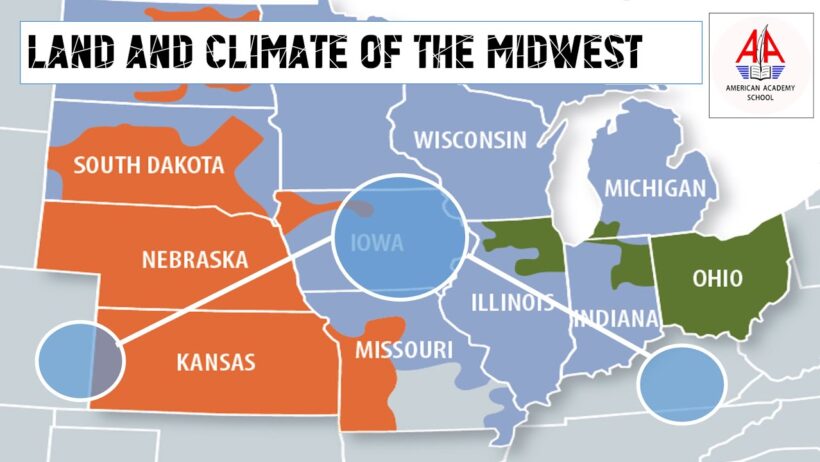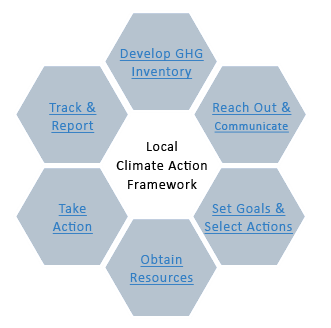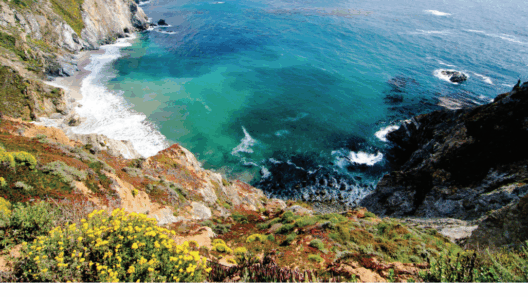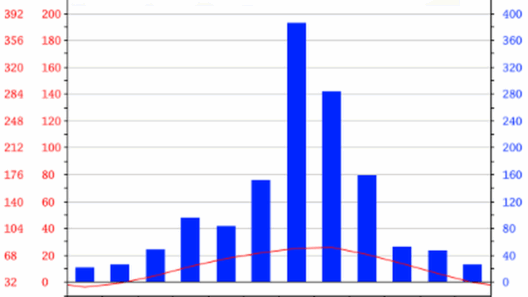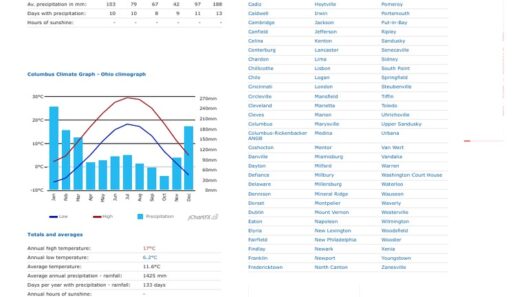The climate of the Midwest region of the United States is a complex tapestry woven with the threads of seasonal variability, diverse microclimates, and extensive agricultural implications. As one investigates this fascinating climatic paradigm, one encounters a swirling interplay of temperature fluctuations, precipitation patterns, and agricultural viability.
Geographic Overview
The Midwest encompasses a broad swath of land that includes parts of states such as Ohio, Indiana, Illinois, Iowa, Michigan, Wisconsin, Minnesota, and parts of South Dakota and Nebraska. This geographical diversity contributes to the richness of its climate. The region, affectionately known as the “Heartland,” is characterized by its flat topography, which allows for unobstructed wind patterns, contributing to the temperatures and precipitation distributions that define its seasonal cycles.
Climatic Zones
The climate of the Midwest is predominantly classified as humid continental. This designation means that the area experiences four distinct seasons: a sweltering summer, a cold winter, and transitional spring and fall periods. The Midwest is further divided into sub-regions, each with unique attributes. For instance, northern areas, such as Minnesota and Wisconsin, undergo harsher winters with considerable snowfall, while southern sectors, like Indiana, tend to experience milder winters.
Seasonal Swings
Winter typically envelops the Midwest from December through February, bringing frigid temperatures that can plummet to negative double digits, particularly in the upper regions. This season is marked by substantial snow accumulation, especially in the Great Lakes areas, where lake-effect snow can lead to significantly increased snowfall totals. Spring emerges with a plethora of changes—temperatures begin to rise, snow melts, and precipitation often increases, fueling the growth of flora and the resurgence of agricultural activities.
Summer, lasting from June to August, can bring extreme heat and humidity. Afternoon thunderstorms are common, which can transition into severe weather events, including tornados, particularly in the well-known “Tornado Alley” sector of the region. These storms can lead to invasive pest migrations and diseases that threaten crops, requiring farmers to adapt their practices. Fall presents a vivid array of foliage changes as temperatures begin to dip again, and crops reach maturity, ready for harvest.
Agricultural Impact
The diverse seasonal shifts have a profound impact on agriculture, a vital sector in the Midwest’s economy. The region is often dubbed the “breadbasket” of the United States due to its prolific production of corn, soybeans, and wheat. These staple crops thrive in the humid continental climate, benefiting from the ample sunlight and rich soils that are common here.
Midwest farmers often rely on the precise timing of seasons for planting and harvesting. Optimal conditions, characterized by adequate soil moisture and moderate temperatures, facilitate successful crop yields. However, fluctuations caused by climate variations, such as unexpected late frosts or heatwaves, can have detrimental effects on crop viability. Extreme weather events, attributed in part to climate change, pose risks to both short-term yields and long-term agricultural sustainability.
The correlation between climate and agriculture extends beyond mere productivity levels. For farmers, understanding and adapting to seasonal variations is paramount. Use of technology, such as predictive analytics and precision agriculture, can empower farmers to navigate challenges posed by shifting climate dynamics. Soil conservation techniques and crop rotation further enhance resilience against adverse weather impacts, ensuring both environmental stewardship and economic viability.
Climate Change Considerations
Recent years have brought heightened awareness of climate change and its repercussions for the Midwest. The region has experienced increasingly erratic weather patterns, including changes in precipitation distribution and temperature extremes. Such conditions can aggravate existing vulnerabilities within the agricultural sector, leading to pest outbreaks, crop failures, and altered growing seasons. The average growing season is indeed lengthening in some areas, signaling a potential boon for certain crops; however, this also ushers in challenges with drought and intensified storms.
The influx of invasive species, spurred by shifting climatic conditions, further complicates agricultural practices, as crops may become susceptible to pests and diseases previously not prevalent in the region. Farmers are called to adapt quickly, employing innovative practices to mitigate these emerging threats.
Future Directions
To ensure the sustainability of agriculture and the preservation of natural ecosystems, midwestern farmers and policymakers must collaboratively explore adaptive strategies. Initiatives focused on sustainable farming practices, soil health restoration, and water conservation can help mitigate adverse impacts from climate change. Furthermore, researchers and agricultural experts continue to investigate crop varieties that yield greater resilience to climatic stress.
It is crucial for the agricultural community, alongside scientists and policymakers, to engage in ongoing dialogue about climate adaptation strategies. Education and advocacy efforts are essential for raising public awareness about climate change’s influence on the Midwest’s agricultural landscape and natural environments.
Conclusion
In summary, the climate of the Midwest region, with its pronounced seasonal swings and agricultural implications, remains a critical area of study and action amidst pressing environmental challenges. As we collectively acknowledge the intricate link between climate and agriculture, it is imperative that we foster solutions that prioritize ecological health while safeguarding food production essential for local and national sustenance.



